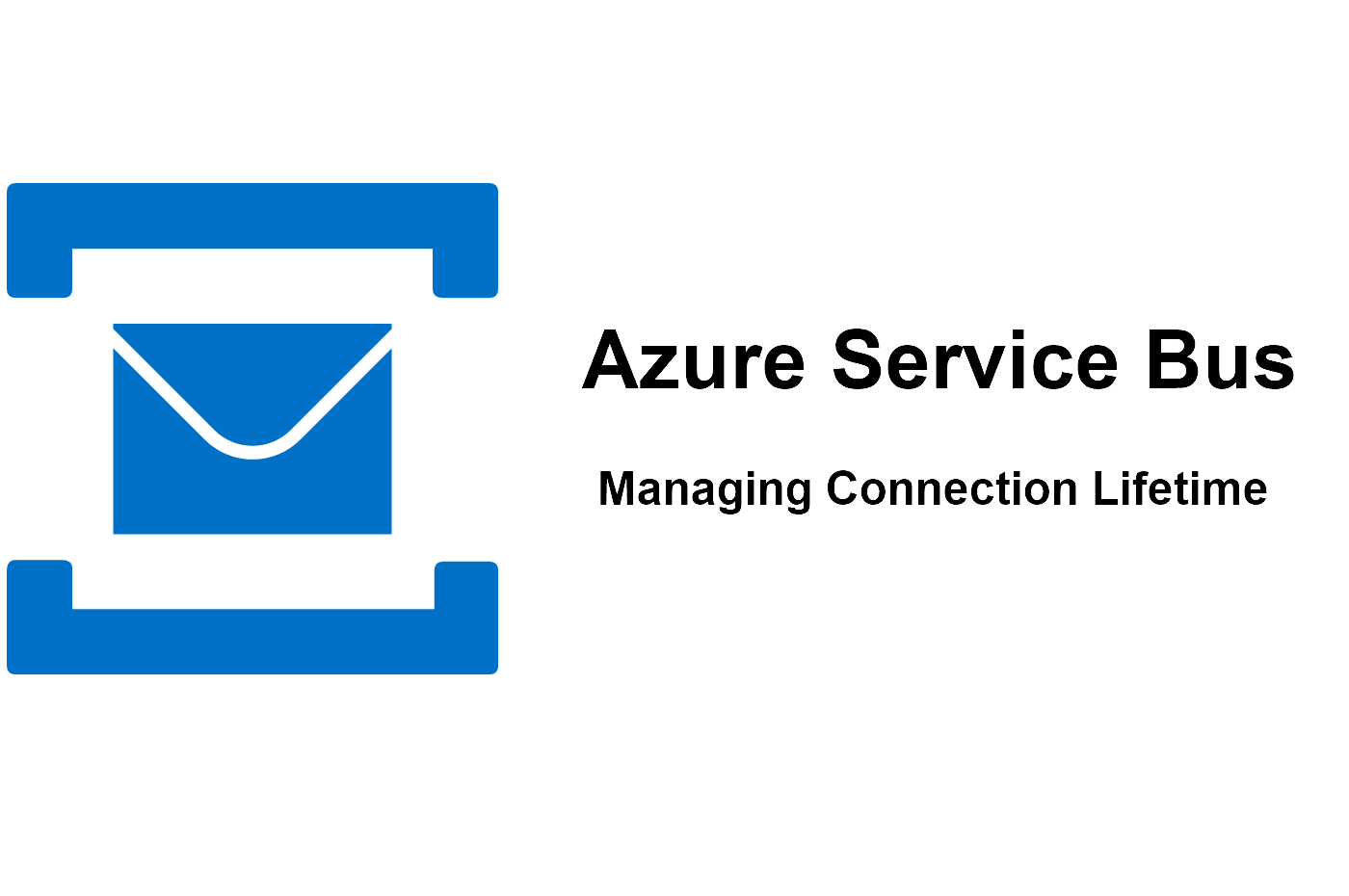Magic of Azure Service Bus: A Symphony of Connectivity
 Sumit Mondal
Sumit Mondal
Introduction
In the vast realm of cloud computing, Azure stands as a beacon of innovation, offering a myriad of services that empower businesses to thrive in the digital age. Among these, Azure Service Bus emerges as a silent orchestrator, seamlessly connecting applications and services across diverse environments. In this blog post, we embark on a journey to unravel the wonders of Azure Service Bus, exploring its features, benefits, and demonstrating its prowess through a hands-on example.
Chapter 1: The Overture - Understanding Azure Service Bus
Azure Service Bus is not just a messaging service; it's a harmonious ensemble that facilitates communication between distributed applications and services. Picture it as a conductor leading a symphony, ensuring that every instrument (or application) plays its part in creating a melodious tune.
Key Features of Azure Service Bus:
Messaging Patterns: Azure Service Bus supports various messaging patterns, including publish/subscribe, request/reply, and point-to-point communication. This flexibility allows developers to design intricate communication architectures tailored to their specific needs.
Reliable Messaging: In the world of distributed systems, reliability is paramount. Azure Service Bus ensures message delivery through features like at-least-once delivery and sessions, guaranteeing that messages reach their destination even in the face of network or application failures.
Scalability: As applications evolve, so do their communication needs. Azure Service Bus scales effortlessly to handle increasing workloads, making it an ideal choice for both small startups and large enterprises.
Chapter 2: The Crescendo - Benefits of Azure Service Bus
Azure Service Bus bestows a plethora of benefits upon its users, making it an indispensable tool in the cloud arsenal.
1. Decoupling Applications:
In a world where change is the only constant, decoupling applications becomes crucial. Azure Service Bus enables this by allowing applications to communicate without needing to be aware of each other's existence. This decoupling enhances flexibility, making it easier to modify or upgrade individual components without disrupting the entire system.
2. Reliability and Fault Tolerance:
The reliability mechanisms built into Azure Service Bus, such as duplicate detection and automatic retries, ensure that messages are delivered consistently. This reliability is further complemented by fault-tolerant features that mitigate the impact of failures, enhancing the overall robustness of distributed systems.
3. Global Reach:
In a connected world, applications often span multiple geographical locations. Azure Service Bus has a global presence, allowing businesses to establish communication links between applications, regardless of their physical location. This global reach is a game-changer for enterprises with a diverse and distributed infrastructure.
Chapter 3: A Symphony in Code - Hands-On Example
To truly appreciate the power of Azure Service Bus, let's delve into a hands-on example. Imagine a scenario where a web application needs to communicate with a backend service asynchronously. Azure Service Bus, with its publish/subscribe pattern, is a perfect fit for this use case.
Scenario: Sending Notifications to Subscribers
Step 1: Set Up Azure Service Bus Namespace
Before diving into code, create an Azure Service Bus namespace using the Azure portal. This namespace will serve as the messaging hub for our application.
Step 2: Create a Publisher (Web Application)
In your web application, add the Azure Service Bus SDK. Use the following code snippet to send a notification to the Service Bus topic:
var connectionString = "your_connection_string";
var topicName = "notifications";
var topicClient = new TopicClient(connectionString, topicName);
var notification = new Notification { Message = "Hello, subscribers!" };
var message = new Message(Encoding.UTF8.GetBytes(JsonConvert.SerializeObject(notification)));
await topicClient.SendAsync(message);
await topicClient.CloseAsync();
Step 3: Create Subscribers (Backend Services)
Now, let's create backend services that subscribe to these notifications. This example assumes two backend services, but you can have as many as needed.
var connectionString = "your_connection_string";
var topicName = "notifications";
var subscriptionName1 = "backendService1";
var subscriptionName2 = "backendService2";
var subscriptionClient1 = new SubscriptionClient(connectionString, topicName, subscriptionName1);
var subscriptionClient2 = new SubscriptionClient(connectionString, topicName, subscriptionName2);
subscriptionClient1.RegisterMessageHandler(async (message, cancellationToken) =>
{
var notification = JsonConvert.DeserializeObject<Notification>(Encoding.UTF8.GetString(message.Body));
Console.WriteLine($"Backend Service 1 received: {notification.Message}");
}, new MessageHandlerOptions(ExceptionReceivedHandler));
subscriptionClient2.RegisterMessageHandler(async (message, cancellationToken) =>
{
var notification = JsonConvert.DeserializeObject<Notification>(Encoding.UTF8.GetString(message.Body));
Console.WriteLine($"Backend Service 2 received: {notification.Message}");
}, new MessageHandlerOptions(ExceptionReceivedHandler));
Step 4: Run the Symphony
With the web application and backend services in place, run the application and witness the symphony in action. When the web application sends a notification, both backend services will receive and process it independently.
Chapter 4: The Finale - Conclusion
Azure Service Bus, with its powerful messaging capabilities, has played a crucial role in orchestrating seamless communication between applications. As we conclude our exploration, it's evident that Azure Service Bus is not just a service; it's an enabler of innovation, a conductor orchestrating a symphony of connectivity that transcends geographical boundaries and technical constraints.
Whether you're a startup shaping the future or an enterprise navigating the complexities of digital transformation, Azure Service Bus beckons as a reliable companion, guiding your applications through the intricate dance of distributed communication. Embrace the magic, and let your applications join the symphony of connectivity in the Azure cloud.
Subscribe to my newsletter
Read articles from Sumit Mondal directly inside your inbox. Subscribe to the newsletter, and don't miss out.
Written by

Sumit Mondal
Sumit Mondal
Hello Hashnode Community! I'm Sumit Mondal, your friendly neighborhood DevOps Engineer on a mission to elevate the world of software development and operations! Join me on Hashnode, and let's code, deploy, and innovate our way to success! Together, we'll shape the future of DevOps one commit at a time. #DevOps #Automation #ContinuousDelivery #HashnodeHero